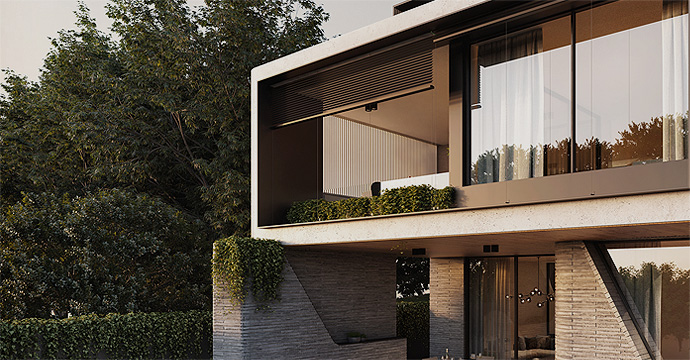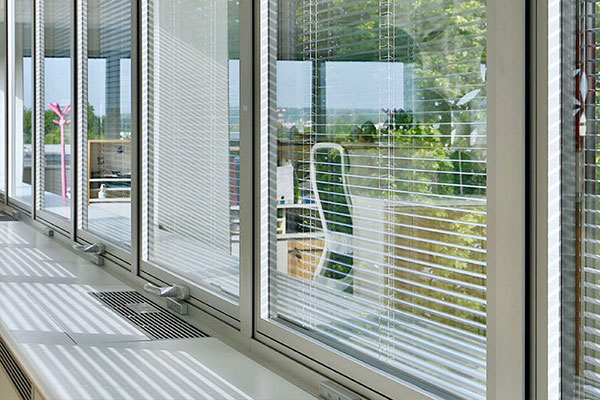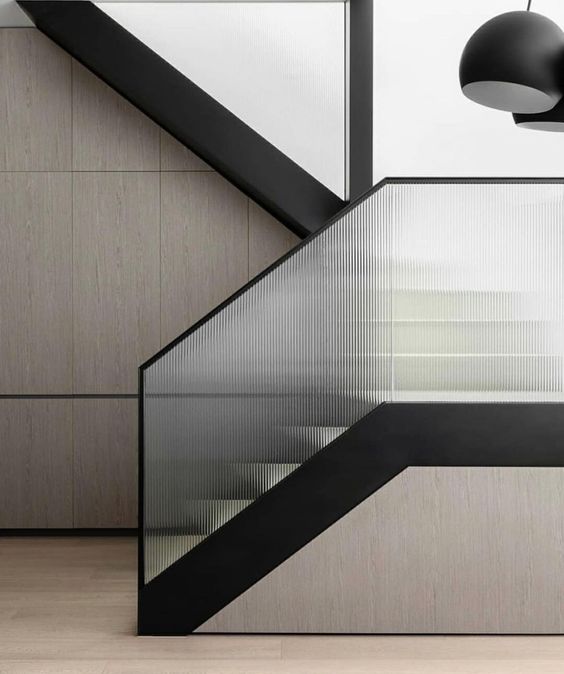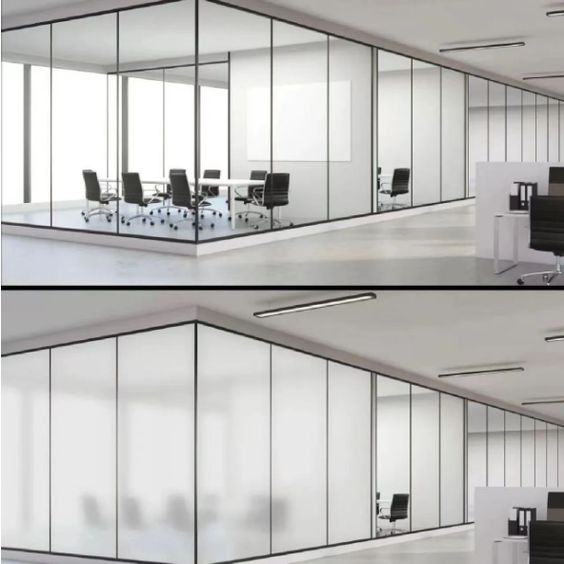How to Choose Doors and Windows in Different Spaces
Door and window design is an important component of home design. Good door and window design not only enhances the appearance of the home, but also provides better guidance for practical home experiences. Today, KOYO Doors and Windows in Thailand brings you knowledge points on door and window selection for various spaces in your home!
Key points for selecting doors and windows in various home spaces
01
Bedroom/Living Room
The windows in general bedrooms and living rooms can be designed as side hung inner inverted windows or side hung windows: The side hung window series has good results in air tightness, water tightness, and sound insulation, and the side hung window series is easy to open, safe, and easy to clean.
For safety reasons, 10 story residential buildings or other civil buildings over 24 meters high are not suitable for installing exterior windows, but are more suitable for opening methods such as interior windows and sliding windows.
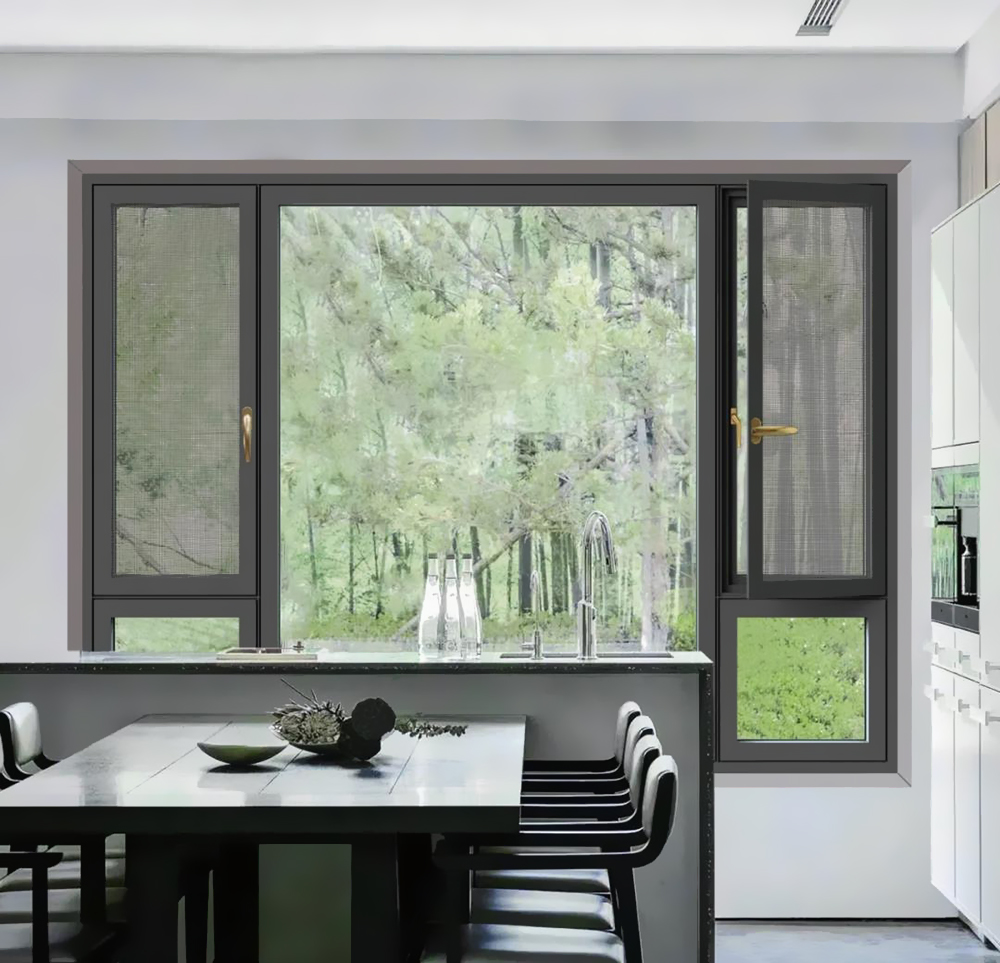
02
Kitchen
The ventilation design of kitchen doors and windows does not necessarily mean that the larger the area of kitchen windows, the better the ventilation effect. In residential standards, there was a corresponding regulation that the ventilation opening area of the kitchen should not be less than 1/10 of the floor area of the room. The kitchen area of a general residential building is usually 4-7 square meters, so the area of the kitchen ventilation opening should not be less than 0.4-0.7 square meters.
In addition, different opening forms also have an impact on the ventilation effect of the kitchen - under the same window opening size, casement windows can be fully opened, while suspended and sliding windows have smaller effective opening areas. Therefore, in terms of window opening form and ventilation effect selection, we should make choices based on actual needs.
03
toilet
In small bathrooms, the applicability of swing doors is stronger, making them a common option for bathroom doors; Moreover, the combination of transparent and non reflective glass with side hung doors not only facilitates people's understanding of internal usage through light transmission, but also facilitates timely detection of unexpected accidents in the bathroom.

In addition, the selection of bathroom windows is focused on meeting ventilation needs and ensuring space privacy. Both casement windows and sliding windows are suitable. In order to better balance ventilation and privacy protection, we can also adopt a suspended window design, utilizing the opening direction and angle to effectively avoid external vision.
Design considerations for home doors and windows
On the premise of meeting the ventilation requirements of the room, the number of open fans should be minimized as much as possible. Setting fewer open doors can reduce the cost of doors and windows, improve the water tightness, air tightness, and insulation properties of the entire window, and even expand the visibility of the doors and windows to improve the overall transparency of the window.
The design of door and window compartments should also be coordinated with the overall building facade. The height divisions of doors and windows on the same floor must correspond, and the width divisions of doors and windows at the same elevation position must correspond to improve the facade effect of doors, windows, and buildings.
The design of opening doors and windows should fully consider whether there is a conflict between the opening position and the room structure and furniture layout (whether the ventilation is smooth, whether the opening is unobstructed, whether the 90 degree opening process scratches the items in the room, and whether the opening causes inconvenience to indoor activities).
In terms of the design of the width of the opening leaf: the horizontal opening inner inverted window should be controlled between 650mm and 900mm, and the single inner opening window should be controlled between 600mm and 650mm. The main state of the flat opening inner inverted window is the opening inner inverted state. If the fan width is too small and the upper hanging opening is small, it will affect ventilation.
The main opening method for single inner window is inner flush opening. If the width of the sash is too wide, it will occupy indoor space and the sash is prone to falling corners, increasing the amount of maintenance. The width of the outer casement window should be controlled between 450mm-650mm. If it is too wide, it can easily cause inconvenience in opening the outer casement and insufficient bearing of the friction hinge. The height of the external casement window should also be controlled within 1500mm.
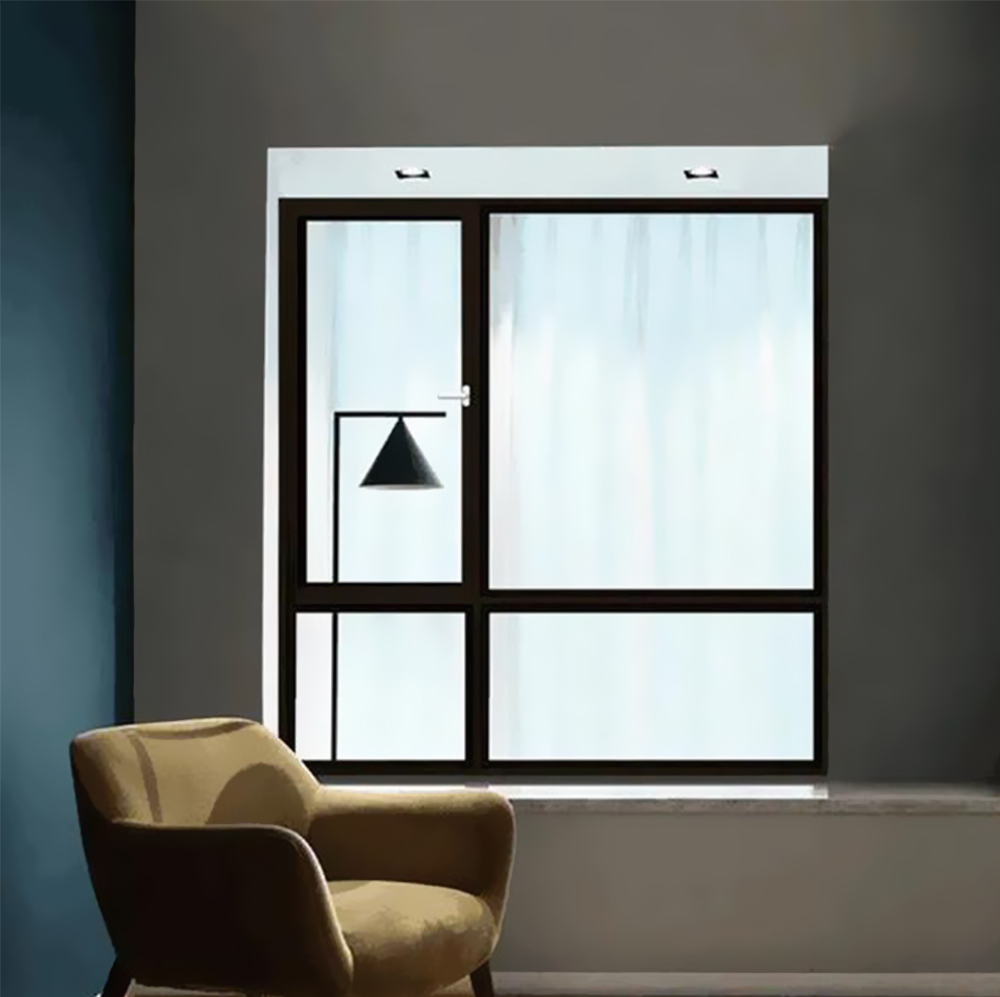
The door height design should not exceed 2400mm, and the door leaf width should not exceed 950mm.
When designing circular arc fixed windows, it is best not to have vertical supports in the middle (arc top) to avoid obstructing the view.
The design of the width of the inner and outer sashes needs to consider the minimum slot width installation requirements for hardware: the minimum slot width requirement for the flat opening inner inverted window sash is 400mm, and the minimum slot width requirement for the outer flat opening sash is 204mm.
The principle of equal or golden ratio should be taken into account in the proportion of window lighting, side lighting, and opening, and unequal design should be avoided. When designing a horizontal center stand, it is important to consider the height of the horizontal stand from the ground to avoid affecting people's observation view.
The design of fixed window size should consider the strength requirements of the glass and the feasibility of processing, handling, and installation. Generally, the surface of a 5mm hollow glass panel should not exceed 1500mmX1600mm, and the area should not exceed 2.5 square meters.
Next: Safe doors and windows give home quality and meaning

